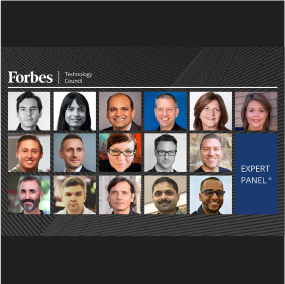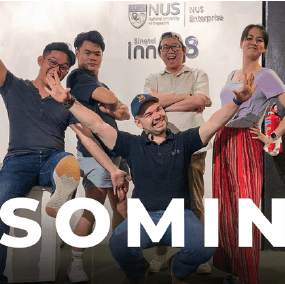User profile learning, such as mobility and demographic profile learning, is of great importance to various applications. Meanwhile, the rapid growth of multiple social platforms makes it possible to perform a comprehensive user profile learning from different views. However, the research efforts on user profile learning from multiple data sources are still relatively sparse, and there is no large-scale dataset released towards user profile learning. In our study, we contribute such benchmark and perform an initial study on user mobility and demographic profile learning. First, we constructed and released a large-scale multi-source multimodal dataset from three geographical areas. We then applied our proposed ensemble model on this dataset to learn user profile. Based on our experimental results, we observed that multiple data sources mutually complement each other and their appropriate fusion boosts the user profiling performance.
In this technical demonstration, we showcase the first ai-driven social multimedia influencer discovery marketplace, called SoMin. The platform combines advanced data analytics and behavioral science to help marketers find, understand their audience and engage the most relevant social media micro-influencers at a large scale. SoMin harvests brand-specific life social multimedia streams in a specified market domain, followed by rich analytics and semantic-based influencer search. The Individual User Profiling models extrapolate the key personal characteristics of the brand audience, while the influencer retrieval engine reveals the semantically-matching social media influencers to the platform users. The influencers are matched in terms of both their-posted content and social media audiences, while the evaluation results demonstrate an excellent performance of the proposed recommender framework. By leveraging influencers at a large scale, marketers will be able to execute more effective marketing campaigns of higher trust and at a lower cost.
The exponential growth of online social networks has inspired us to tackle the problem of individual user attributes inference from the Big Data perspective. It is well known that various social media networks exhibit different aspects of user interactions, and thus represent users from diverse points of view. In this preliminary study, we make the first step towards solving the significant problem of personality profiling from multiple social networks. Specifically, we tackle the task of relationship prediction, which is closely related to our desired problem. Experimental results show that the incorporation of multi-source data helps to achieve better prediction performance as compared to single-source baselines.
Press About Us

A digital twin is precisely what its name suggests: A digital copy of a physical object or system—even a human being. It may be a simple concept, but the potential applications are anything but. Through the ongoing collection and exchange of data, a digital twin can simulate and even predict the behaviors and reactions of its physical twin in a variety of conditions, providing invaluable insights to industries ranging from manufacturing to healthcare.
Digital twin technology allows businesses and organizations to test products and processes, study and predict how real-world conditions can affect physical objects and beings, and make well-informed, big-impact decisions with minimized financial and human safety risks. Below, 16 members of Forbes Technology Council share some of the fascinating ways industries and organizations are leveraging digital twin technology.

Anyone with an eye on the business world knows that tech professionals across industries saw their roles and responsibilities take a huge leap forward with the onset of widespread remote and hybrid work in the wake of the Covid pandemic. Even before that, tech leaders and their teams—both those working for tech-focused companies and those in other industries—had already been having an increasingly large impact on the ways their companies operated.
And while changing workplaces and markets are adding new challenges, there are also “evergreen,” ongoing issues that tech leaders will likely always need to wrestle with, even as they help fellow leaders learn to lean on the unique perspective a tech expert can bring to overall business strategy. Below, 16 members of Forbes Technology Council share the new (and ever-present) priorities they’re dealing with and why they’re so important.

A look inside Investible's backing of SoMin.ai, a startup revolutionising the digital marketing industry.
Earlier this year, Investible backed Singapore-based SoMin.ai, a deep-tech marketing technology that leverages machine learning to give marketers a better return on their advertising spend investment. The business is led by co-founders Aleksandr Farseev (CEO) and Kirill Lepikhin (CTO), a technical and incredibly savvy duo intimately familiar with the sector they have begun to disrupt.
Traditional marketing approaches are not cost-efficient. It can be difficult for marketers to correlate the money spent on a marketing campaign with revenue from sales (i.e. return on marketing spend). Currently, one way to measure and test advertising campaigns is iterative A/B testing through focus groups. With the introduction of machine learning and natural language processing, there are now ways to derive insights that reflect the wider market and not just select sample sizes. Big data algorithms now have the capability to scrape data from user-generated content (e.g. what consumers have liked on Instagram) and use it to create an intimate understanding of consumer behaviour.
